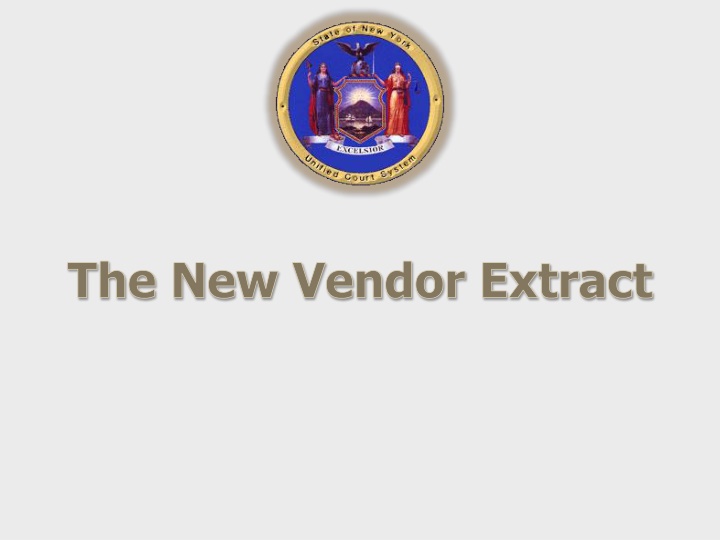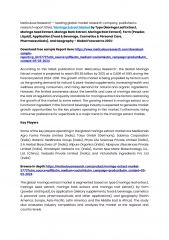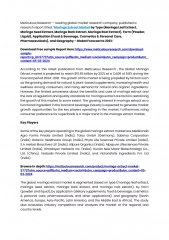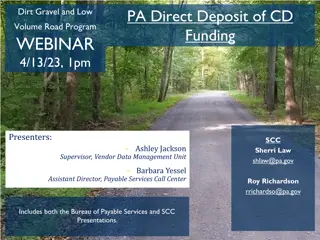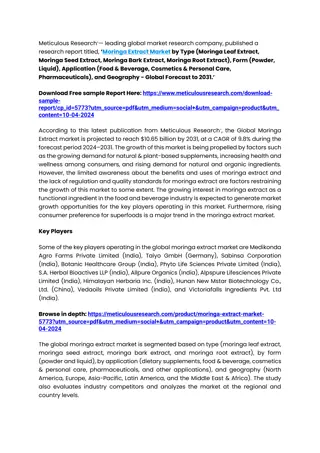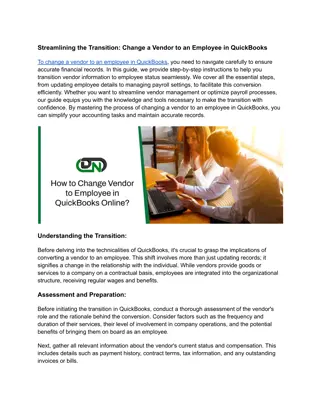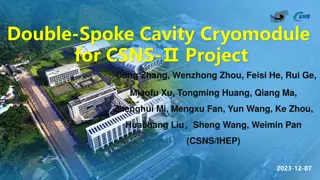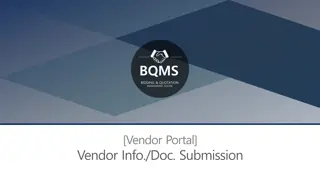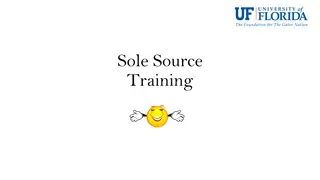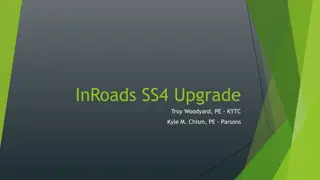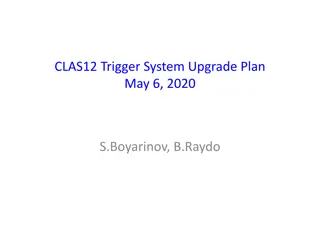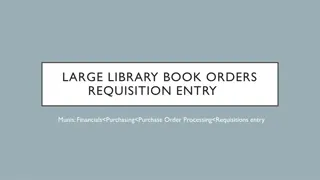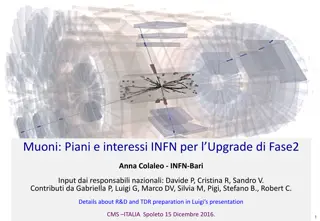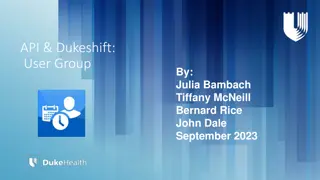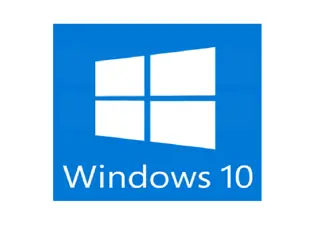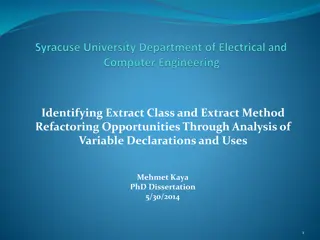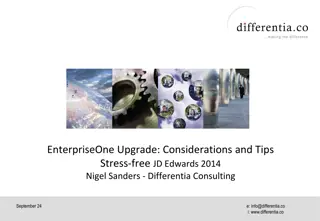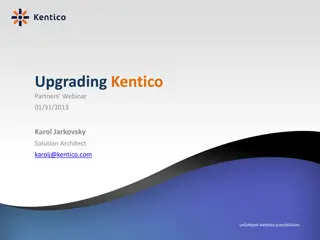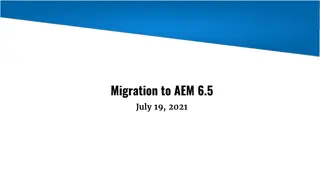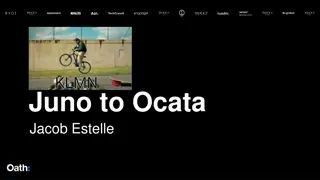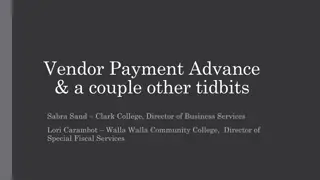Comprehensive Overview of New Vendor Extract and System Upgrade
This detailed document covers the introduction of the new Vendor Extract and the upgraded Case Management System. It explains the transition process, the benefits of XML format for data storage, yearly file processing, and the differences between the existing and new systems. Additionally, it highlights the use of XML schema and ensures all data is accessible on the same FTP server.
Download Presentation

Please find below an Image/Link to download the presentation.
The content on the website is provided AS IS for your information and personal use only. It may not be sold, licensed, or shared on other websites without obtaining consent from the author.If you encounter any issues during the download, it is possible that the publisher has removed the file from their server.
You are allowed to download the files provided on this website for personal or commercial use, subject to the condition that they are used lawfully. All files are the property of their respective owners.
The content on the website is provided AS IS for your information and personal use only. It may not be sold, licensed, or shared on other websites without obtaining consent from the author.
E N D
Presentation Transcript
The New System New Case Management System The new UCMS-SC system will be used by staff for civil courts to manage cases on a day-to-day basis, who will use it to enter and maintain case-related information. Significantly Updated The new system has been significantly updated when compared to the existing system. The key elements remain the same, but the data is stored differently. Coexisting Systems Courts will not go live all at once on the new system, but will go live one at a time. So the new system and existing system will coexist for some time.
New Extract - XML Format Universal Support XML is that it is a universally recognized file format and language used to store and communicate data, with support from a wide variety of tools. Self-Describing Each piece of data is coupled inside of a named element, so there is no doubt as to what the data is meant to be. An accompanying schema describes all data with comments. Extensible Additional data elements can be added later, if needed, with full backwards compatibility.
New Extract - Process Yearly File Each extract will be made available in a yearly file, containing all pending cases as well as all cases disposed during the year. Prior Years Yearly files for prior years will remain available indefinitely. If your data is significantly out of date, or you need a more complete refresh of your data, you may process any or all of the yearly files as needed. Full Information The full information for each case and calendar will be made available. Same FTP Server All files will be located on an FTP server to which you will have access, the same FTP server currently in use for existing extracts. Files will be compressed with 7- zip ultra compression (see http://www.7-zip.org/).
Existing Versus New Extract Flat File Versus XML The existing process uses a flat file format while the new process uses XML. Many Files Versus One File The existing process uses many files to share data for a single extract (each with its own extension), but the new process shares all data in a single XML file which has updates for the current year. No Codes or Acronyms The existing process makes use of codes and acronyms; the new process does not make use of either. The full names of data items are given in the XML file, and XML ids and refids are used to reference items where necessary. CCIS Versus UCMS-SC The existing extract is taken from CCIS, and the new extract is taken from UCMS-SC. There are conceptual differences in each system that results in differences in the extract in terms of the way the data is stored and presented.
Summary Yearly XML files All elements have descriptions Same FTP server All data available in existing extract is also available in new extract High-level mapping available in document Will create a FAQ based upon questions
